What is medium carbon steel?
Carbon steel with a carbon content of 0.25% to 0.65%. It includes most high-quality carbon structural steels and some ordinary carbon structural steels. This type of steel is mostly used to make various mechanical parts, and some are used to make engineering structural parts.
Medium carbon steel belongs to hypoeutectoid steel, and its annealed structure is pearlite and ferrite. As the carbon content in the steel increases, the amount of pearlite in the structure increases, while the amount of ferrite decreases. The quenched structure of steel with a carbon content greater than 0.40% is martensite; when the carbon content is greater than 0.40%, in addition to martensite, there is a small amount of retained austenite, and the amount of retained austenite increases with the increase in carbon content in the steel.
The final heat treatment pipeline of medium carbon steel includes quenching and tempering, low-temperature tempering after quenching, low-temperature tempering after high-frequency quenching, austempering and medium-temperature tempering after quenching.
Carbon steel pipes include two categories: seamless steel pipes and welded steel pipes.
Carbon Content and Classification
Carbon steel is primarily classified based on its carbon content:
Low Carbon Steel: 0.05% – 0.25% carbon
Medium Carbon Steel: 0.25% – 0.60% carbon
High Carbon Steel: 0.60% – 1.0% carbon
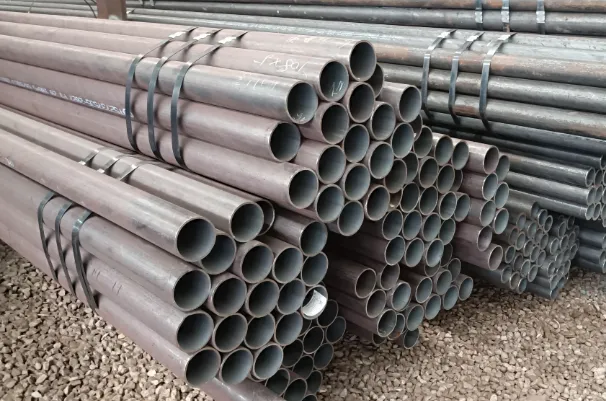
Production process of medium carbon steel
Medium carbon steel typically contains between 0.30% and 0.50% carbon, along with small amounts of manganese (usually 0.60% – 1.65%). The increased carbon content compared to low carbon steel results in higher strength and hardness but slightly reduced ductility and weldability.
(1) Quenching and tempering. The structure is tempered bainite. This structure has good comprehensive mechanical properties, high strength, good plasticity and toughness. The steel used for quenching and tempering must have good hardenability to ensure uniform structure and performance across the entire cross-section of the quenched and tempered part. Compared to alloy steel, carbon steel has poor hardenability, so it is only suitable for quenching and tempering of medium carbon steel parts with small cross-section sizes.
(2) Low-temperature tempering after quenching. The structure is tempered martensite, which has high strength and appropriate plasticity and toughness.
(3) Low-temperature tempering after high-frequency quenching. The structure of the high-frequency quenched layer is extremely fine hidden martensite, and tempered martensite is obtained after low-temperature tempering. This treatment can achieve an effect similar to carburizing. Tempering or normalizing is generally performed before high-frequency quenching. Therefore, after high-frequency quenching and tempering, the core of the part has high strength, good plasticity and toughness, while its surface has high hardness and good wear resistance. In addition, compressive stress is generated on the surface of the high-frequency quenched part, and its fatigue limit is high and its service life is long.
(4) Isothermal quenching. The structure is bainite, which has high strength and good plasticity and toughness.
(5) Tempering at medium temperature after quenching.
The microstructure is tempered bainite. Some medium carbon steels are subjected to normalizing as a pre-heat treatment before the final heat treatment. The purpose is to refine the grains, reduce the unevenness of the steel structure, obtain uniform pearlite and ferrite structures, and prepare the structure for the final heat treatment.
After quenching and tempering, medium carbon steel is mainly used to make various transmission shafts, connecting rods, clutches, shaft pins, bolts, etc. After high-frequency quenching and low-temperature tempering, medium carbon steel is used for gears, lathe spindles, spline shafts, camshafts and half shafts that are subjected to impact loads and require wear resistance. Medium carbon steel in the normalized state or without heat treatment is used to make pull rods, sleeves, fasteners, washers and handles with low loads. Medium carbon steel with a higher carbon content is used to make springs and steel wires.






 English
English Español
Español بالعربية
بالعربية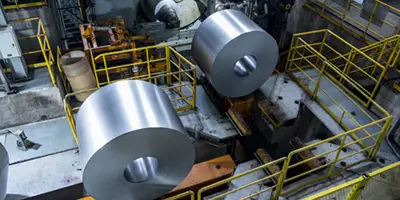
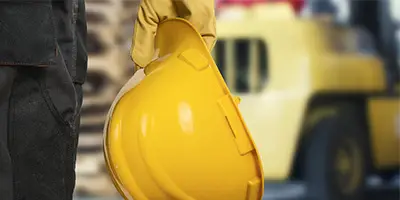
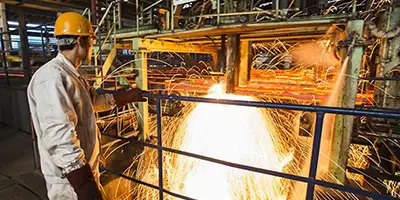
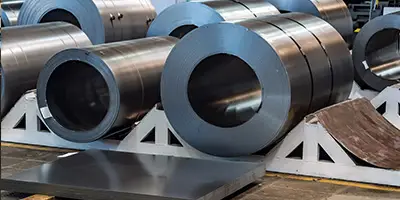

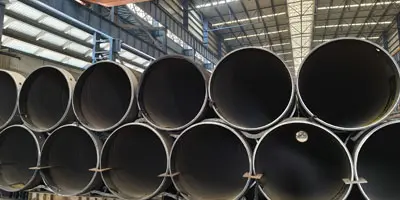

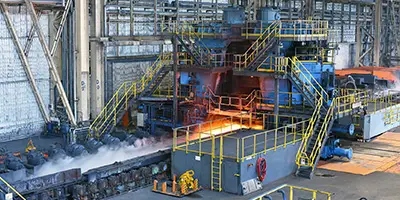
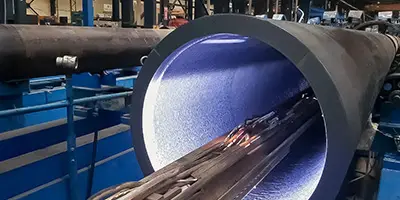
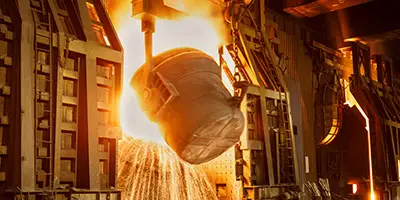


 Phone :
Phone :  Whatsapp :
Whatsapp :  Email :
Email : 


